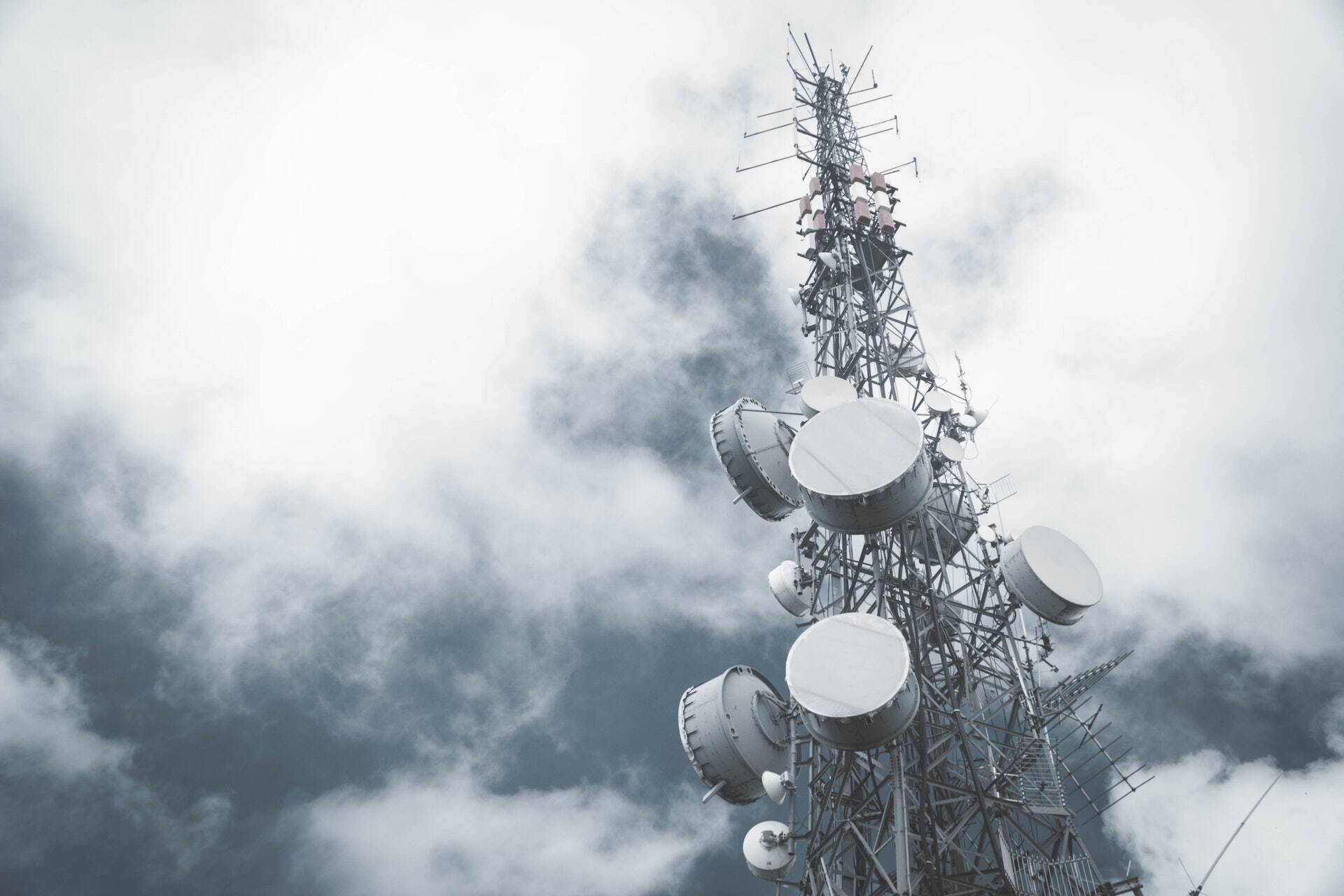
Imagine waking up and your phone says “No Signal”. Not just for an hour or a day, but indefinitely. No texting, calling, or data. No GPS or emergency alerts. This isn’t science fiction—it’s a real risk. When cell phones go down, how will you communicate, organize, or survive?
Our modern society is dangerously dependent on digital communication. If cellular infrastructure fails, the panic will be instant—and the consequences, deadly. This article will prepare you for the moment everything goes dark.
How Could Cell Phones Go Down?
Cell phone networks are surprisingly fragile. Here are the most likely threats:
- Electromagnetic Pulse (EMP): A solar flare or high-altitude nuclear blast could fry electronics in an instant.
- Cyber Warfare: Hackers targeting telecom systems can cause widespread outages.
- Power Grid Collapse: No electricity = no cell towers. Many backup systems only last hours.
- Natural Disasters: Earthquakes, hurricanes, or wildfires regularly knock out regional communications.
- Government Blackouts: In unrest, governments have shut down networks to control information.
The Chaos of Instant Disconnection
Once cell service disappears, you instantly lose access to:
- 911 and emergency services
- Family and community coordination
- Weather warnings and crisis updates
- Banking alerts and mobile payments
- Navigation tools like GPS or maps
Without backup communication systems, you’ll be flying blind. That’s why off-grid communication is a survival priority.
5 Ways to Communicate When Cell Phones Fail
1. Two-Way Radios (Walkie Talkies)
Ideal for families and small groups, two-way radios operate without towers. Use them to coordinate movement, patrols, or neighborhood alerts. Choose models with long range and emergency channels.
2. Ham and GMRS Radios
Cobra radios offer an excellent way to maintain long-distance communication in a crisis. GMRS radios require a simple license and offer strong performance. Ham radios are a go-to for survivalists and preppers—able to reach across counties or even continents with the right setup.
3. Satellite Communicators
Devices like the Garmin inReach or Bivy Stick can send SOS beacons and GPS messages via satellite. Even when local infrastructure is down, satellites keep you connected in remote areas.
4. Signal Whistles & Mirrors
Sometimes the simplest tools are the most effective. Whistles can alert rescuers from miles away. Mirrors reflect sunlight to draw attention in open terrain. Keep both in your bug-out bag.
5. Emergency Note Drops & Message Boards
Pre-arrange family meeting points and hidden message drop zones. Use chalk symbols, notebooks, or designated objects to signal locations, directions, or status when verbal contact isn’t possible.
What to Do Right Now
Don’t wait for the grid to fail. Take these actionable steps today:
- Buy a reliable BridgeCom Systems Radio
- Train your family to use two-way radios and backup signals
- Print a contact list—don’t rely on the cloud
- Practice silent communication plans and regrouping strategies
- Stock up on spare batteries or a solar charger for your radio gear
Where to Find Quality Communication Gear
We recommend trusted retailers like Survival Frog and BridgeCom Systems for radios, power banks, and survival communication kits. They carry gear that’s battle-tested, affordable, and made for serious emergencies.
Conclusion: You Can’t Afford to Be Silent
When cell phones go down, panic sets in. But not for the prepared. The ability to communicate can mean the difference between survival and disaster. Take charge of your off-grid communication plan now and lead when others are lost.
Visit OutWestSurvival.com for more survival gear reviews, bug-out planning tips, and emergency readiness guides.



